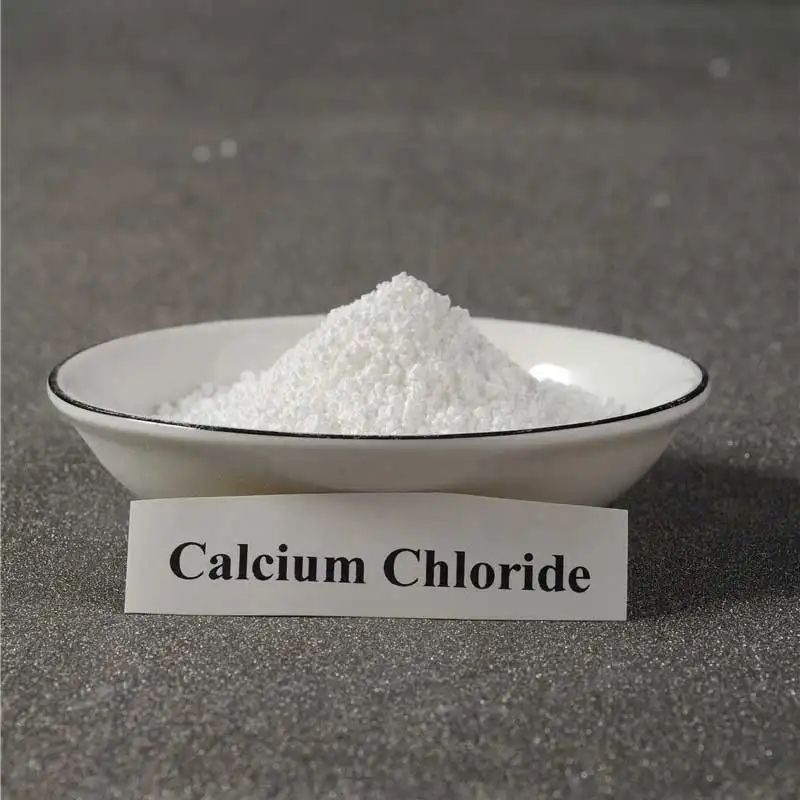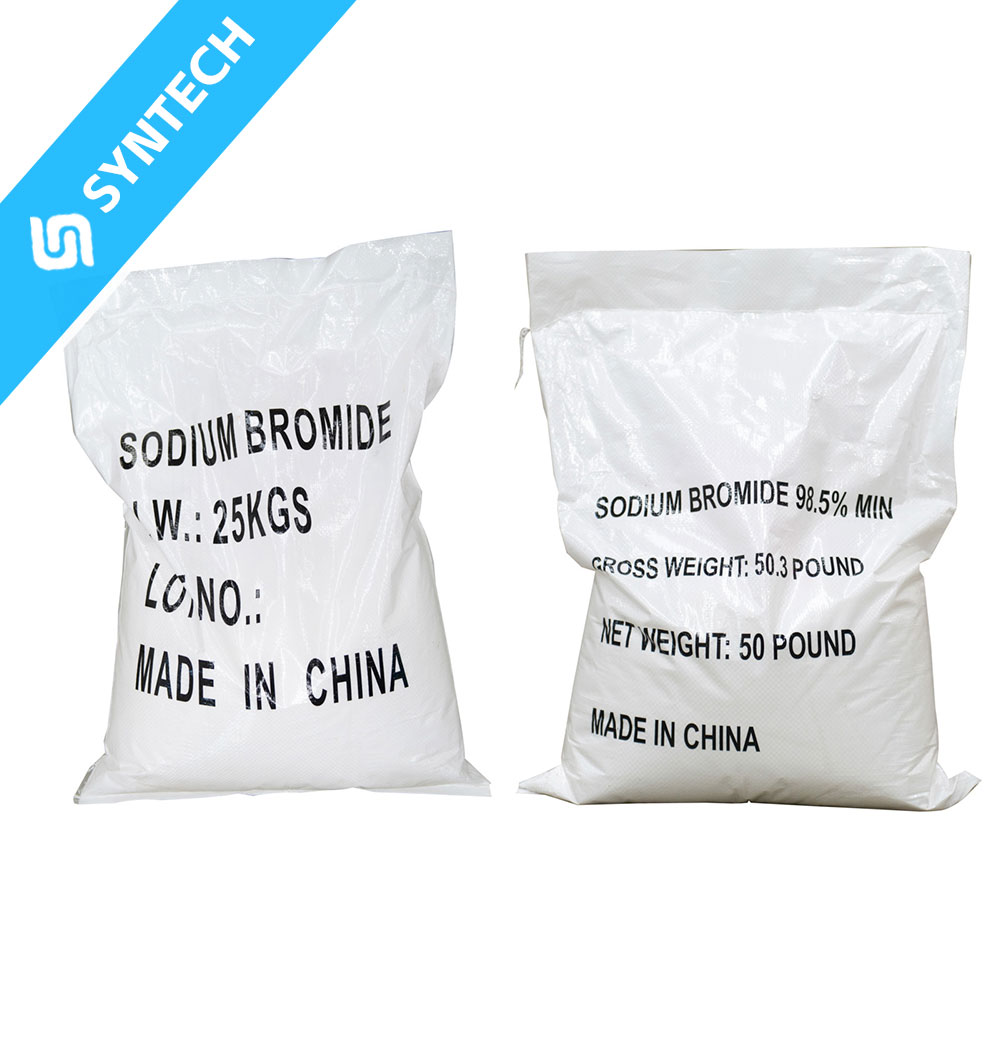1. Chemical Formula of Calcium Bromide
The chemical formula of calcium bromide is CaBr₂, which consists of one calcium cation (Ca²⁺) and two bromide anions (Br⁻) to maintain electrical neutrality.
2. Common Hydrated Forms of Calcium Bromide
Calcium bromide readily forms hydrates by combining with water molecules in its crystal structure. Among them, the most common and industrially relevant hydrated form is:
- Calcium bromide hexahydrate (CaBr₂·6H₂O): It appears as colorless, needle-like crystals under normal conditions. This hydrate is stable in moderately humid environments but tends to lose crystal water gradually when exposed to dry air, eventually converting to anhydrous calcium bromide (CaBr₂).
Other less common hydrated forms (e.g., calcium bromide dihydrate, CaBr₂·2H₂O) may form under specific temperature and humidity conditions, but they are not widely used in industrial scenarios due to their relatively poor stability and limited availability.
3. Typical Uses of Calcium Bromide (Anhydrous and Hexahydrate)
Calcium bromide’s properties (e.g., high solubility, stability, and low toxicity) make it valuable across multiple industries:
- Oil and Gas Drilling: As a key component of drilling fluids (mud), it is used to adjust fluid density. Its high density helps control downhole pressure, prevent wellbore collapse, and inhibit the intrusion of formation fluids (e.g., oil, gas, or water) during drilling—especially in deep wells or high-pressure reservoirs.
- Pharmaceutical Industry: In medicine, calcium bromide (often in aqueous solution) acts as a sedative and anticonvulsant. It was historically used to treat nervous disorders (e.g., anxiety, insomnia, or epilepsy) by depressing the central nervous system, though its application has declined with the development of more targeted drugs.
- Refrigeration and Cooling Systems: Anhydrous calcium bromide or its concentrated aqueous solutions serve as heat transfer fluids (coolants) in absorption refrigerators. It has strong water absorption, enabling it to form a low-vapor-pressure solution that facilitates heat exchange in cooling cycles.
- Desiccation: Due to its strong hygroscopicity (ability to absorb moisture from the air), calcium bromide is occasionally used as a desiccant for drying gases (e.g., natural gas) or maintaining low-humidity environments in industrial processes—though its high cost limits its use compared to cheaper desiccants like calcium chloride.
- Chemical Synthesis: It acts as a source of bromide ions (Br⁻) in organic and inorganic synthesis. For example, it is used to prepare other bromide compounds (e.g., silver bromide for photography) or as a catalyst/co-catalyst in certain chemical reactions.






